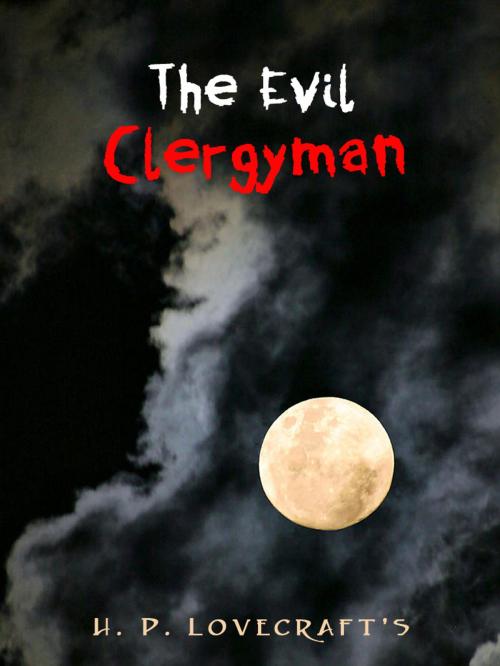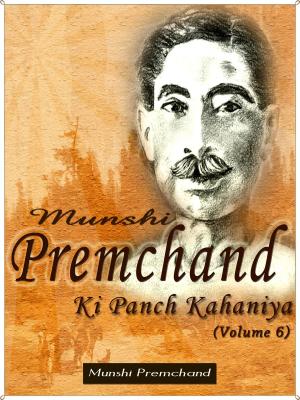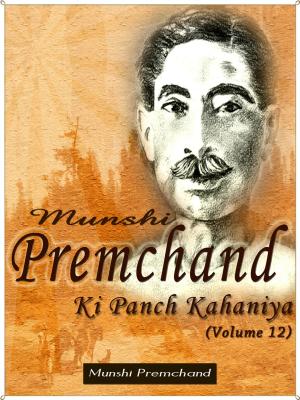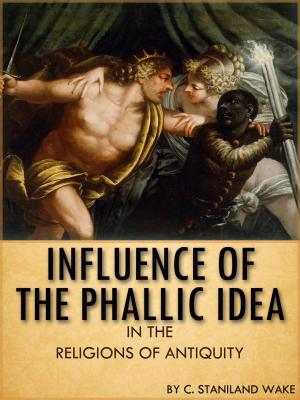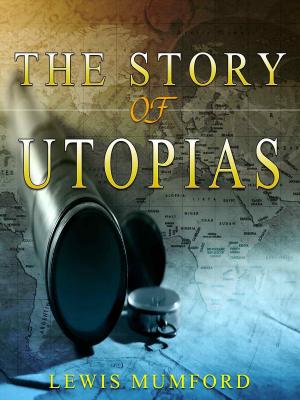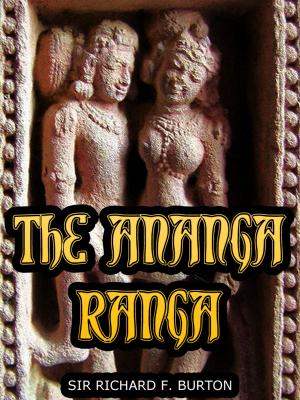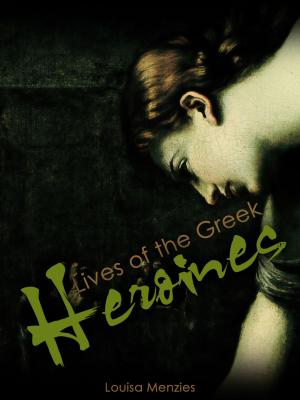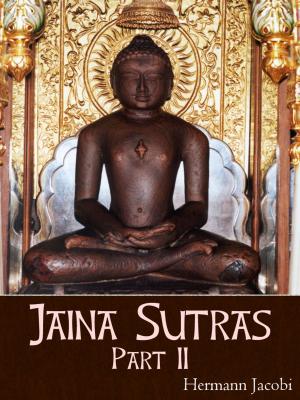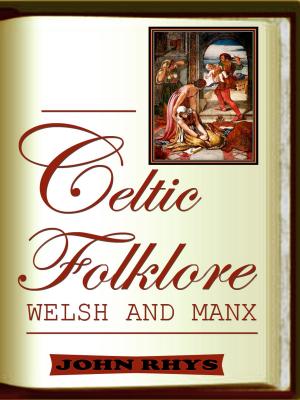The Evil Clergyman
Mystery & Suspense, Espionage, Fiction & Literature, Horror, Science Fiction & Fantasy| Author: | H. P. Lovecraft | ISBN: | 1230000230449 |
| Publisher: | AppsPublisher | Publication: | April 3, 2014 |
| Imprint: | Language: | English |
| Author: | H. P. Lovecraft |
| ISBN: | 1230000230449 |
| Publisher: | AppsPublisher |
| Publication: | April 3, 2014 |
| Imprint: | |
| Language: | English |
The Evil Clergyman
by H. P. Lovecraft
"The Evil Clergyman" is an excerpt from a letter written by American horror fiction writer H. P. Lovecraft in 1933.
The story begins in the attic of an ancient house. The narrator’s companion refers to the former owner of the house and the presumably violent end that befell him. He advises the narrator not to stay after dark or touch anything, especially the small object on a table, which the companion seems to fear considerably.
The narrator is then left alone in the attic; he notes the many theological and classical books, and one bookshelf in particular containing books on magic. He feels a considerable curiosity for the forbidden object on the table. The narrator finds a strange flashlight-like device in his pocket that produces a peculiar violet glow. He attempts to illuminate the object on the table with this strange light, which he describes as being composed of particles. The object makes a crackling sound like a sparking vacuum tube, and takes on a pinkish glow with a vague white shape taking form from its center. The narrator, feeling that his surroundings are taking on strange new properties, realizes that he is not alone; the sinister newcomer is described as wearing clerical garb typical of the Anglican Church. The newcomer begins throwing magical books into a fireplace.
About The Author :-
Lovecraft's major inspiration and invention was cosmic horror, the idea that life is incomprehensible to human minds and that the inverse is fundamentally alien.
Lovecraft's readership was limited during his life, but his reputation since then has grown in leaps, and he is now regarded as one of the most influential horror writers of the 20th century.
HOWARD PHILLIPS LOVECRAFT was born in 1890 in Providence, Rhode Island, where he lived most of his life. He wrote many essays and poems early in his career, but gradually focused on the writing of horror stories, after the advent in 1923 of the pulp magazine Weird Tales, to which he contributed most of his fiction.
Howard Phillips Lovecraft died in March 1937, at the height of his career. Though only forty-six years of age, he had built up an international reputation by the artistry and impeccable literary craftsmanship of his weird tales; and he was regarded on both sides of the Atlantic as probably the greatest contemporary master of weird fiction.
The Evil Clergyman
by H. P. Lovecraft
"The Evil Clergyman" is an excerpt from a letter written by American horror fiction writer H. P. Lovecraft in 1933.
The story begins in the attic of an ancient house. The narrator’s companion refers to the former owner of the house and the presumably violent end that befell him. He advises the narrator not to stay after dark or touch anything, especially the small object on a table, which the companion seems to fear considerably.
The narrator is then left alone in the attic; he notes the many theological and classical books, and one bookshelf in particular containing books on magic. He feels a considerable curiosity for the forbidden object on the table. The narrator finds a strange flashlight-like device in his pocket that produces a peculiar violet glow. He attempts to illuminate the object on the table with this strange light, which he describes as being composed of particles. The object makes a crackling sound like a sparking vacuum tube, and takes on a pinkish glow with a vague white shape taking form from its center. The narrator, feeling that his surroundings are taking on strange new properties, realizes that he is not alone; the sinister newcomer is described as wearing clerical garb typical of the Anglican Church. The newcomer begins throwing magical books into a fireplace.
About The Author :-
Lovecraft's major inspiration and invention was cosmic horror, the idea that life is incomprehensible to human minds and that the inverse is fundamentally alien.
Lovecraft's readership was limited during his life, but his reputation since then has grown in leaps, and he is now regarded as one of the most influential horror writers of the 20th century.
HOWARD PHILLIPS LOVECRAFT was born in 1890 in Providence, Rhode Island, where he lived most of his life. He wrote many essays and poems early in his career, but gradually focused on the writing of horror stories, after the advent in 1923 of the pulp magazine Weird Tales, to which he contributed most of his fiction.
Howard Phillips Lovecraft died in March 1937, at the height of his career. Though only forty-six years of age, he had built up an international reputation by the artistry and impeccable literary craftsmanship of his weird tales; and he was regarded on both sides of the Atlantic as probably the greatest contemporary master of weird fiction.
